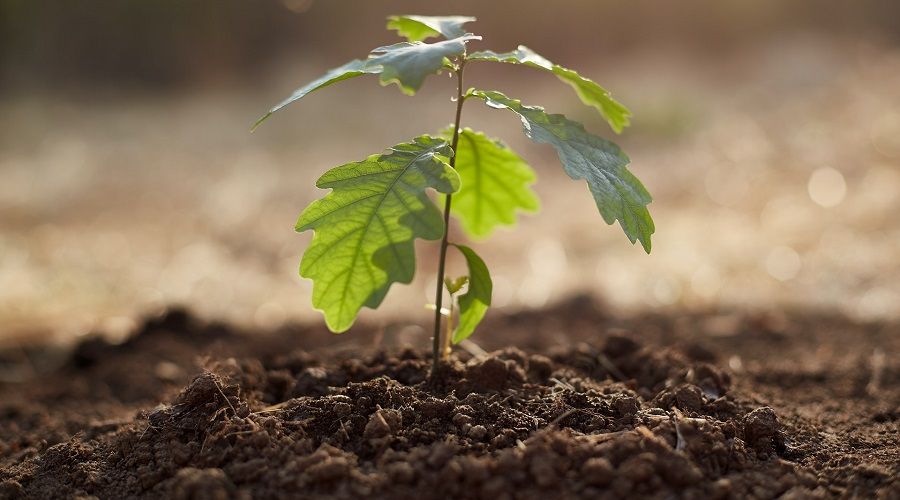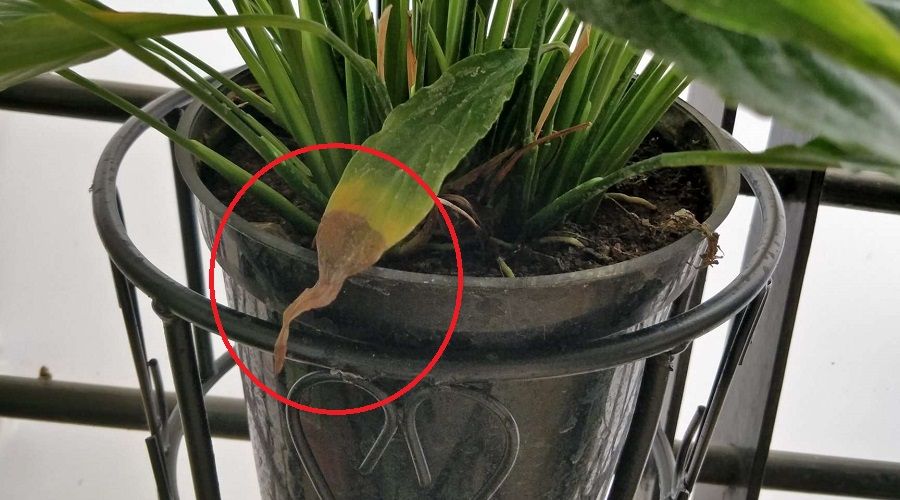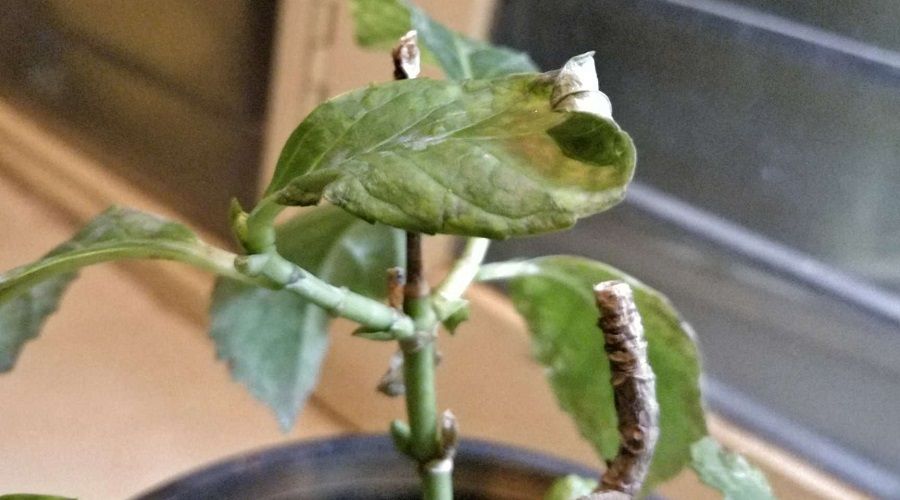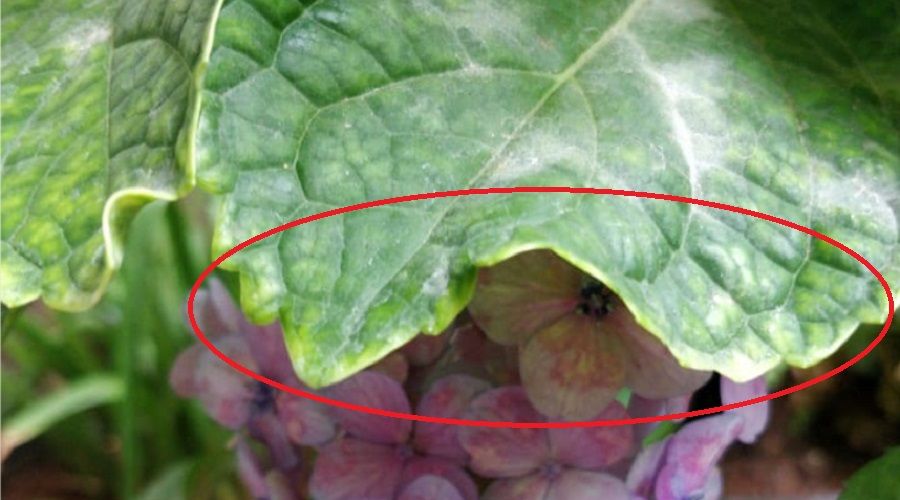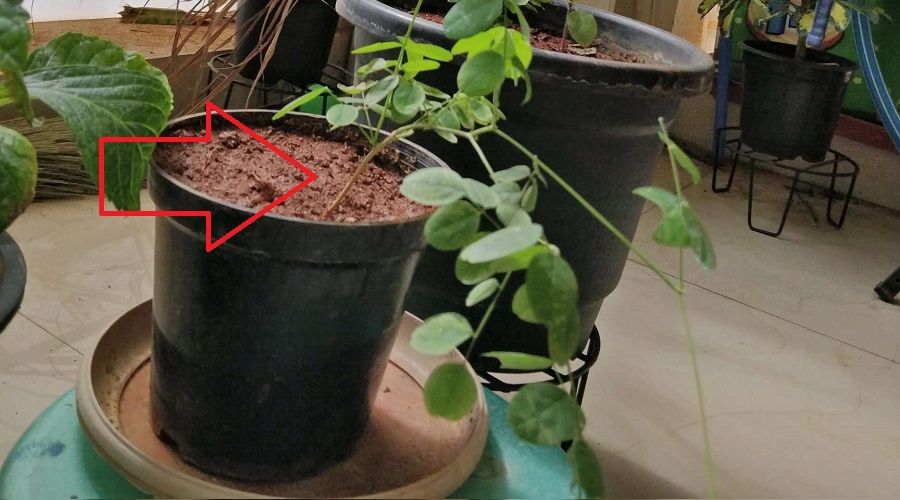Did you know that plants hate surprises?
Plants are picky creatures, and they don’t like anything that fails to replicate their natural environment in the wild. Each plant’s ideal growing conditions vary in its perfect temperature, humidity, sunlight, water, and nutrient intake.
When your garden is exposed to a sudden change in its environment, it can go into plant shock and show signs of distress and damage. Read on to learn more about the reasons for transplant shock and what you can do about it!
4 Different Kinds of Plant Shock With Solutions and Tips
1. Transplant Shock
Image Credit: Lakeisha Ethans for Backyard Boss
Transplant shock is the most well-known form of plant stress and damage. It can occur when a plant, shrub, or tree is transferred from a container to a new pot or replanted in the ground. When this happens, incorrect planting, watering, and acclimatization practices are to blame.
In the weeks leading up to the transplant, gradually acclimate your plants by exposing them to the sun and wind conditions of their new environment and slowly limiting their water intake. Be sure to handle the plant gently while de-potting and, if its roots have been damaged, trim it back to prevent overworking them under stress.
Once it’s time for replanting, you need a larger container to prepare the soil with the proper depth, fill, fertilizer and moisture. Stressed plants need lots of water, and you can start by ensuring their new home is well-hydrated while still able to drain excess water. Avoid underwatering recent transplants for their survival. When in doubt, use its soil moisture to tell you when it’s time for another watering session.
Symptoms: Signs of transplant shock include leaf scorch, yellow or brown leaves, curling, drooping, and wilting.
Solutions: If it’s too late for transplant shock prevention, there are still ways to help your plants recover. An easy trick is to use a sugar and water solution to help your plants perk up. Sugar water is not always effective, but it won’t do any harm.
You can also try pruning and mulching around your plant to regulate their temperature and slowly give them nutrition. After you’ve done all you can, it’s time to wait and hope your plant pushes through.
Pro-Tip: As experienced gardeners, we suggest that you transplant between late afternoon and early evening to aid recovery time and prevent transplant shock. After transplanting, leave your plant in a shaded area for 36-48 hours before gradually introducing it to sunlight. For the first couple of days post transplanting, lightly water the plant, especially if the soil is moist.
The watering schedule will depend on the level of humidity and soil moisture to prevent premature plant death. We avoid adding a layer of mulch to a newly transplanted plant to not overwhelm the roots. Once your plant feels comfortable in its new container, adding mulch would depend on the climate.
2. Temperature Shock
Image Credit: Lakeisha Ethans for Backyard Boss
Just like how we dislike unexpected temperature and weather changes, plants also get stressed by sudden heat and temperature drops. Temperature shock interferes with a plant’s internal processes and can quickly lead to death.
Plants respond rapidly to heat and work to produce protective enzymes and proteins that could make them appear unaffected at first. In prolonged heat, photosynthesis stops, and your plants could start wilting to preserve moisture.
Cold winter weather naturally slows enzyme production, and properly acclimatized perennials grow dormant until it’s warm again. Unfortunately, sudden temperature drops, snowstorms, and early autumn can cause freezing or chilling injuries.
Freezing injuries happen when temperatures reach lower than 32ºF degrees and freeze the water within the plant. Chilling injuries occur in 32ºF – 55ºF and can cause lasting discoloration, drooping, and slow growth.
Symptoms: Plants under heat stress will have rolling leaves, bleaching, dry margins, early flowering, premature fruit dropping, and burns. Plants experiencing cold temperatures shock will have droopy leaves, frost build-up, discoloration or brown leaves, and stunted growth.
Solutions: In high temperatures, water your plants during the colder part of the day and provide them with shade and a generous misting to lessen the risk of plant scorch. Fresh mulching could also regulate soil temperatures and only be sure to give additional water if their soil has dried.
Pro-Tip: In low temperatures, water your potted plants normally and keep them away from drafts, windows, and even heat sources. For outdoor gardens, leave them and use a frost cover for less cold-tolerant plants. Do not fertilize or prune your garden and any cold-damaged plant until the chance of frost has passed.
3. Light Changes
Image Credit: Lakeisha Ethans for Backyard Boss
It’s no surprise to anyone that plants are light-sensitive and have varying light quality and quantity needs.
If improper lighting doesn’t kill your plants, it messes with their growth habit. For potted and transplanted tropical plants, switching to a different light quality can lead to plant shock and stress at first, regardless of whether it’s the right kind of light for them or not.
Plants need time to get used to new environmental conditions, including light changes. However, if your plant is exposed to the wrong light or direct sunlight for too long, it can cause serious damage, especially if it has different light needs.
Symptoms: Signs of incorrect plant lighting include discoloration, curling, and drooping. Plants exposed to light that’s too intense can also show browning and burning. Furthermore, plants in too much shade can grow oddly towards a light source.
Solutions: If the discoloration and limping do not improve after a few days, it might be best for you to reposition your plant and change its light exposure. Research its optimal light conditions and use grow lights, shades, and timers to replicate it. You could try pruning discolored foliage and dead leaves to help the plant bounce back.
4. Root Rot
Image Credit: Lakeisha Ethans for Backyard Boss
Healthy plants can get sick too, and root rot is one of the diseases to watch out for. It interferes with plant growth and food production, causing them to grow weak and susceptible to pests and other infections.
Root rot can be caused either by a soil fungus or, more commonly, by overwatering. Although plants love plenty of water, overwatering can drown them, especially if they have poor soil and container drainage. The flooded soil clogs the roots and prevents root growth by blocking them from collecting essential oxygen and nutrients.
The wet soil can also invite other fungus and mold to infect the plant and kill them if not dealt with quickly enough.
Symptoms: You’ll be able to identify root rot by a plant’s stunted growth rate, unexplainable wilting, yellow color leaves, soggy soil, black spots on leaves, and fungal growth. Their roots will also be brown, limp, and mushy, as opposed to the white and firm characteristics of healthy roots.
Solutions: Gently uproot the plant and look for the rot. If the root system is mostly infected, the plant is beyond saving. However, if a good portion of the plant roots remains healthy, quickly rinse them under running water and snip off the sick roots with sterilized shears.
Pro-Tip: Cut the roots a centimeter above where the healthy part starts and replant them in healthy loose soil or a well-draining pot. The idea is to keep the roots moist, not wet.
Conclusion
Plant shock is stressful for both the plants and gardeners who care for them. Fortunately, as long as you can identify the root cause of the issue, fixing it becomes so much easier.
So many factors can affect the health of your garden. Depending on the problem, the stress can kill your plants within days. It is why it’s crucial to check in on your plants daily and watch out for any changes in their behavior.
While plants can’t speak, they’ll always show you signs if something’s wrong. All you need to do is research and react, and if you’re reading this, you’re already on the right track!

